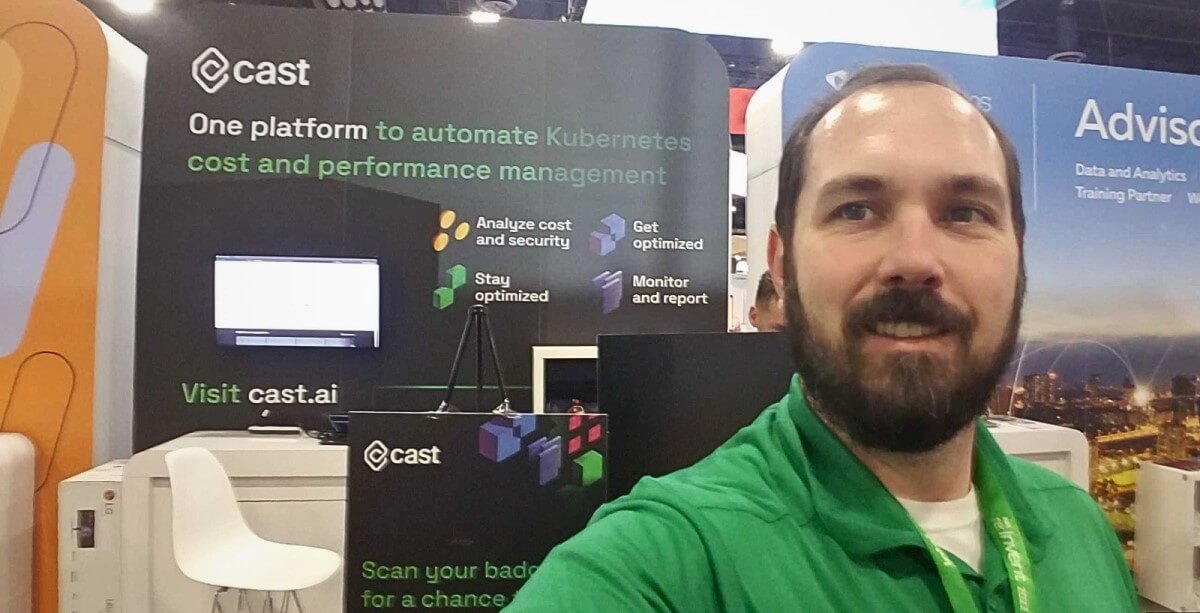

The report’s conclusions are based on CAST AI’s examination of 4,000 clusters that were using Microsoft Azure (Azure), Google Cloud Platform (GCP), and Amazon Web Services (AWS) between January 1 and December 31, 2023, prior to their optimization by the company’s automation platform.
The following are some of the most important results from the report:
- When it comes to bigger clusters that comprise one thousand or more central processing units (CPUs), enterprises only use 17% of the allotted CPUs on average.
- AWS and Azure have roughly comparable usage rates of 11%, which means that there is not much of a difference in the amount of CPU consumption between the two. Google has a lower rate of cloud waste, which is 17%. GCP (18%), Amazon Web Services (20%), and Microsoft Azure (22%), among other providers, have lesser usage disparities when it comes to memory.
- There was a 23% rise in Spot instance price across all six of AWS’ most popular instances for the United States East and West regions (excluding the Government regions) during the years 2022 and 2023.
- The following are the main causes of overspending: Overprovisioning – Exceeding the amount of computational power required for a system or application; Unwarranted headroom – The amount of CPUs requested is set too high; Low Spot instance usage – Spot instances are seen as unstable, which makes many businesses hesitant to employ them; Low usage of ‘custom instance size’ on GKE – Selecting the ideal CPU to memory ratio is challenging unless the custom instance selection process is dynamic and automated.
Minimizing Cloud-Related Expenses


A number of best practices are also included in CAST AI’s report, which are designed to assist firms in minimizing cloud-related expenses and maximizing return on investment while preserving performance.
“This year’s report makes it clear that companies running applications on Kubernetes are still in the early stages of their optimization journeys, and they’re grappling with the complexity of manually managing cloud-native infrastructure,” said Laurent Gil, co-founder and Chief Product Officer, CAST AI. “The gap between provisioned and requested CPUs widened between 2022 and 2023 from 37 to 43 percent, so the problem is only going to worsen as more companies adopt Kubernetes.”
The Kubernetes Cost Benchmark Report was expanded by CAST AI this year to include an examination of CPU and memory consumption, as well as a comparison of resources that were supplied, received, and consumed. CAST AI did not include in its study any clusters that had less than fifty central processing units.









